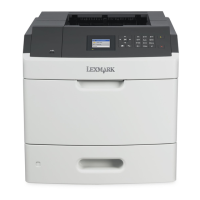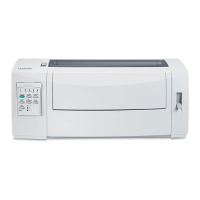Composite bar codes
96
/ModuleWidth
(linear
component)
int Dependent on the
module width
range of the linear
component.
Dependent on the
default module
width of the linear
component.
Optional
Sets the X dimension of the
two-dimentional module (white or black
rectangle) in one-hundreths of an inch.
/EmbedText
(linear
component)
name /NoText
/Embedded
/HalfEmbedded
/Under
Dependent on the
default HRT
Location of Linear
Component,
except for
UCC-128, which
uses Under as its
default value.
Defines if and where the HRT is
printed
If /Above is specified, BCE
automatically sets it to /HalfEmbedded.
Other invalid values are set to default.
/FontName
(linear
component)
name See these
sections:
•Values for
/EmbedText
key
•Values for
/FontName key
/Courier-Bold Optional
Defines how the HRT is printed
When the value given is not within the
defined range:
• The value is set to default
(/Courier-Bold) if the value is of the
type name.
• A TYPECHECK error is returned if
the value is of any other type.
Key Type Range
Default (if not
specified)
Definition
The data in a PostScript bar code sequence is represented within parentheses, for example: (0123456789).
For composite bar codes, the sequence uses the “pipe” character “|” to extend the sequence.
For example, this is a UPC-A Composite example sequence:
(12345678901|Lexmark)
<< /Symbology /UPC-A >> barcodeshow
• UPC-A data begins with “12345678901”
• Followed by a “|” pipe character
• Followed by the composite data string: “Lexmark”
• Followed by a the UPC-A symbology sequence
• Followed by the PostScript barcodeshow operator

